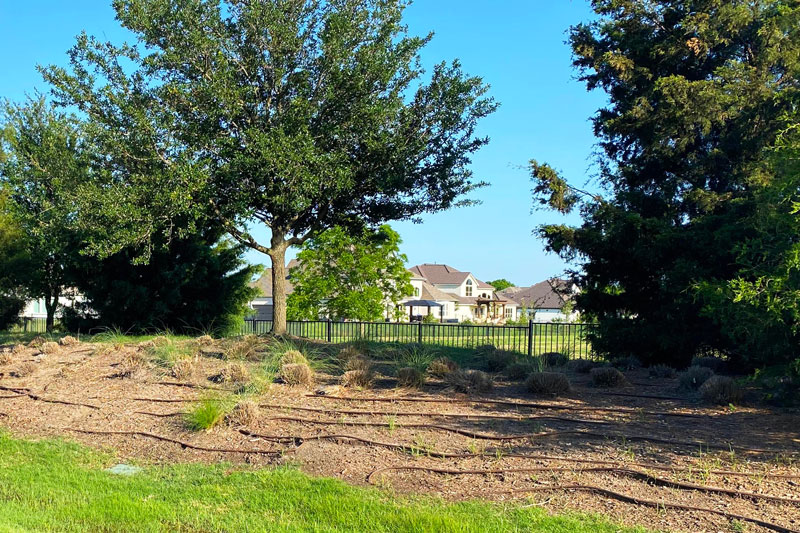Have Ornamental Grasses Run Their Course?


Maidengrass and variegated Japanese silvergrass were probably the first two ornamental grasses I included with my perennials. I loved them (and still do), and I was willing to proclaim them as wonderful additions to our Texas gardens.
But then I started getting what I thought was nutsedge coming up everywhere. It turned out to be maidengrass seedlings. And the inland sea oats I’d planted in another location literally took over every bed in that part of our landscape. It was a nightmare.
Next came the wholesale use of Gulf Muhly and Mexican feathergrass in commercial landscape beds in places where it seemed shrubs might have been more appropriate.
I was beginning to get uncomfortable, and I started to pull back on my recommendations. Then the great rainy year of 2015 and the wintery blast of February 2021 and the ornamental grass plantings have been left looking like they’ve been through a meltdown.
I speak only for me, and I know there are plenty who will disagree, but I’m just done with these big beds of grasses where we ought to be using shrubs. In too many cases grasses don’t hold up for more than a few years. They get rangy and scattered and they look like overgrown weed patches. And all that just adds to the labor of maintenance. The grasses were promoted as being less work than shrubs, but when you see all the trimming and stubble removal that’s needed, I’m just not sure that’s the case.
Add to that the fact that almost all of our ornamental grasses turn brown in the winter. Just like our lawns. Brown, brown and more brown. Against bare trees and many deciduous shrubs. It’s all just so drab.
I’m ready for a change back to the old days of evergreen shrubs. Good, old dependable evergreen shrubs. We have plenty of choices. Let’s form a committee. A committee of change.


